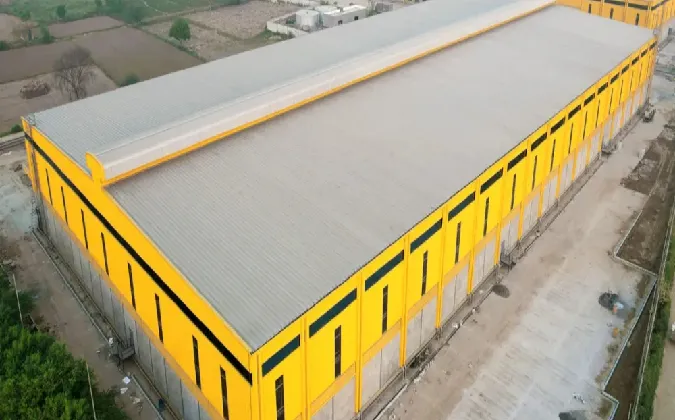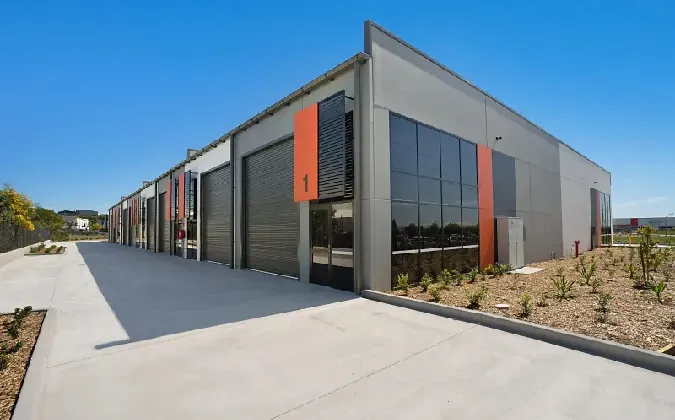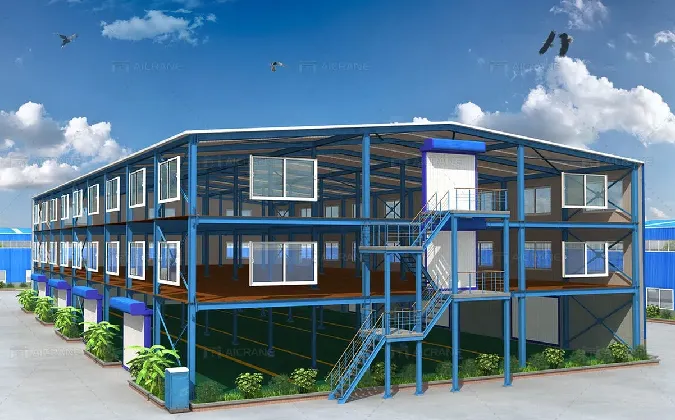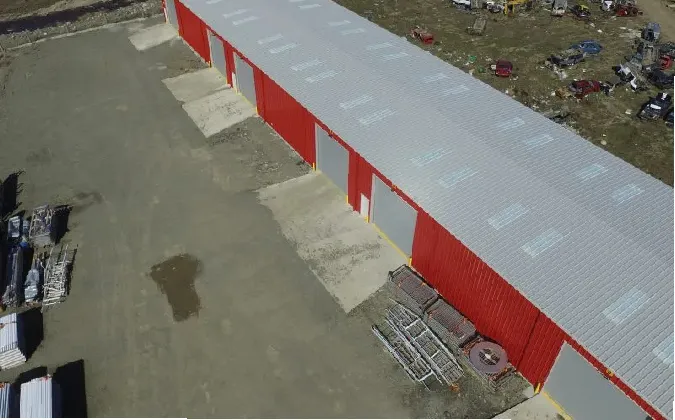- Afrikaans
- Albanian
- Amharic
- Arabic
- Armenian
- Azerbaijani
- Basque
- Belarusian
- Bengali
- Bosnian
- Bulgarian
- Catalan
- Cebuano
- Corsican
- Croatian
- Czech
- Danish
- Dutch
- English
- Esperanto
- Estonian
- Finnish
- French
- Frisian
- Galician
- Georgian
- German
- Greek
- Gujarati
- Haitian Creole
- hausa
- hawaiian
- Hebrew
- Hindi
- Miao
- Hungarian
- Icelandic
- igbo
- Indonesian
- irish
- Italian
- Japanese
- Javanese
- Kannada
- kazakh
- Khmer
- Rwandese
- Korean
- Kurdish
- Kyrgyz
- Lao
- Latin
- Latvian
- Lithuanian
- Luxembourgish
- Macedonian
- Malgashi
- Malay
- Malayalam
- Maltese
- Maori
- Marathi
- Mongolian
- Myanmar
- Nepali
- Norwegian
- Norwegian
- Occitan
- Pashto
- Persian
- Polish
- Portuguese
- Punjabi
- Romanian
- Russian
- Samoan
- Scottish Gaelic
- Serbian
- Sesotho
- Shona
- Sindhi
- Sinhala
- Slovak
- Slovenian
- Somali
- Spanish
- Sundanese
- Swahili
- Swedish
- Tagalog
- Tajik
- Tamil
- Tatar
- Telugu
- Thai
- Turkish
- Turkmen
- Ukrainian
- Urdu
- Uighur
- Uzbek
- Vietnamese
- Welsh
- Bantu
- Yiddish
- Yoruba
- Zulu
Aug . 20, 2024 22:24 Back to list
The Role of Small Agricultural Buildings in Modern Farming
In the ever-evolving landscape of agriculture, small agricultural buildings play a significant role. These structures, ranging from barns and sheds to storage units, are essential for efficient farm management, contributing to productivity, sustainability, and economic viability for small and medium-sized farms.
Importance of Small Agricultural Buildings
Small agricultural buildings serve multiple purposes on a farm. They provide shelter for livestock, storage for equipment, and protection for harvested crops. For example, a barn can house animals like cattle, sheep, or poultry, safeguarding them from harsh weather conditions and predators. This protection is vital not just for animal welfare but also for ensuring consistent production of meat, milk, and eggs.
Furthermore, these buildings are instrumental in the efficient organization of farm operations. Workshops and equipment sheds are necessary for maintaining machinery and tools, allowing farmers to conduct repairs and landscaping tasks nearly year-round. By keeping everything in one place, these small buildings help to streamline workflows and reduce the time spent on logistics.
Enhancing Sustainability
In recent years, there has been a growing emphasis on sustainable farming practices. Small agricultural buildings can be designed to minimize environmental impact. For instance, by incorporating renewable energy sources like solar panels, farmers can reduce their carbon footprint and lower operational costs. Additionally, proper insulation in storage buildings can help regulate temperature, thereby preserving the quality of food products and reducing waste.
Rainwater harvesting systems can also be installed in these structures, allowing farmers to collect and utilize rainwater for irrigation or cleaning purposes. Such initiatives not only conserve water but also contribute to the farm's overall sustainability. By implementing eco-friendly practices in their small buildings, farmers can align their operations with modern environmental standards.
small agricultural buildings
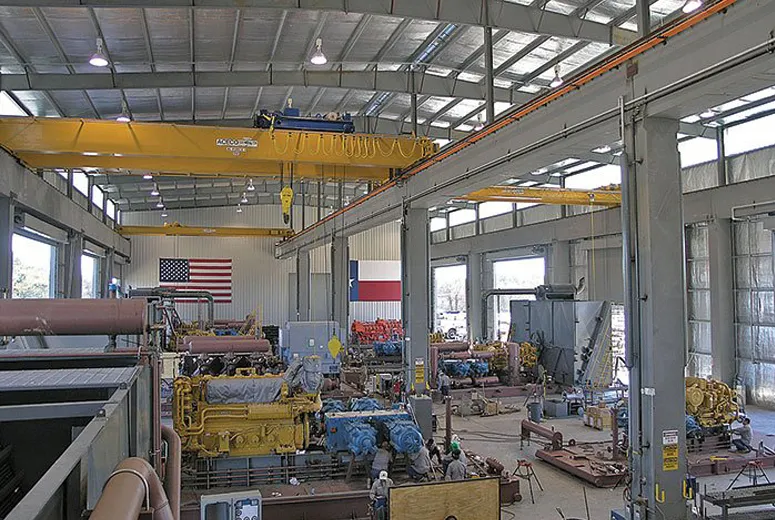
Economic Viability
Another significant aspect of small agricultural buildings is their impact on the economic viability of farms. Investing in such structures can lead to increased efficiency and reduced costs over time. For example, a well-designed grain silo can preserve food quality and reduce losses due to spoilage, ultimately boosting profit margins.
Moreover, small agricultural buildings can open up new revenue streams. Farmers increasingly diversify their operations by hosting events, offering tours, or conducting workshops in these structures. By attracting visitors, farms can create additional income opportunities while also promoting local agriculture and educating the public about farming practices.
Challenges and Solutions
While small agricultural buildings offer numerous benefits, they also come with challenges. Initial construction and maintenance costs can be significant. Farmers must carefully assess their needs and budget accordingly, often seeking government grants or loans designed to support agricultural infrastructure.
Regulations concerning building codes and land use may pose additional hurdles. Navigating these regulations requires thorough research and possibly consultation with local agricultural or zoning authorities to ensure compliance. By understanding the legal landscape, farmers can successfully implement their building projects without unnecessary delays or penalties.
Conclusion
In conclusion, small agricultural buildings are a cornerstone of modern farming. They serve vital functions that enhance productivity, promote sustainability, and support the economic viability of farms. As the agricultural sector continues to adapt to changing times, the investment in and utilization of these structures will be crucial in fostering a resilient and sustainable farming future. By leveraging the advantages of small agricultural buildings, farmers can better respond to the challenges of today’s world while continuing to feed communities and preserve the agricultural heritage for generations to come.
-
Steel Frame Factory with Insulated Roof Panels
NewsAug.14,2025
-
Prefab Metal Building with Insulation Package Options
NewsAug.14,2025
-
Industrial Steel Sheds for Temporary Workshop Use
NewsAug.14,2025
-
Metal Workshops Featuring Corrugated Steel Roofs
NewsAug.14,2025
-
Modular Steel Frame Excellence: Our Pursuit of Perfection
NewsAug.14,2025
-
Metal Garage Kits Crafted with Customer Satisfaction at Heart
NewsAug.14,2025
Products categories
Our Latest News
We have a professional design team and an excellent production and construction team.






